AO Edited
Waseda El Dorado
This bizarre residential building is the masterpiece of Von Jour Caux, the “Gaudí of Japan.”
Right smack in the university district of Waseda stands the eccentric El Dorado building, one of the most notable architectural oddities in Tokyo. Also known as Rhythms of Vision, it’s known for its exquisite, avant-garde, and Gaudí-esque design, a style typical of its creator Von Jour Caux.
Built in 1983, the entire building is a unique work of art, its exterior adorned with an array of decorations that border on bizarre. In one place, a female torso is tattooed all over with a mixture of Art Nouveau and Edo-period woodblock designs, and in another, marble faces seem to grow out of the wall, their faces half-smiling as if in amusement.
Upon entering, visitors are welcomed by a mosaic recreation of the ancient Gorgoneion, the stylized head of Medusa sticking her tongue out, once believed to be a powerful amulet. You will then find yourself wandering into an outlandish world of abstract murals and colorful stained glass windows, housed in what looks like a long-forgotten Gothic cathedral. In the lobby, at the end of the winding corridor, hangs a large enigmatic sculpture of a hand pointing down.
Although the first floor contains an art gallery as well as an antique shop and a beauty salon, the upper floors mainly serve as a rental apartment. This is also in line with Von Jour Caux’s philosophy in architecture, as he aims to counter the monotonous uniformity of modernism and to create living spaces that inspire positive effects on the residents’ minds.
Know Before You Go
The El Dorado building is located about 5 minutes away from Waseda Station, facing Sodai-dori Street. The upper floors are not accessible except for the residents.
Plan Your Trip
The Atlas Obscura Podcast is Back!



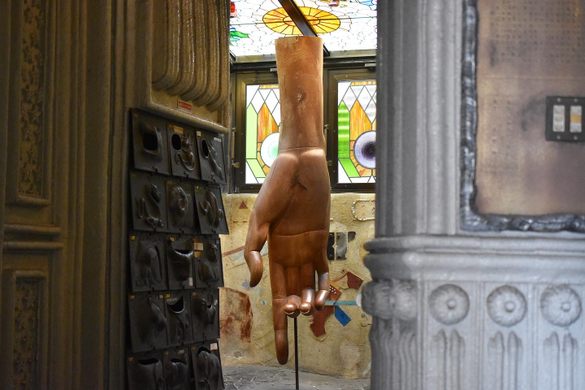
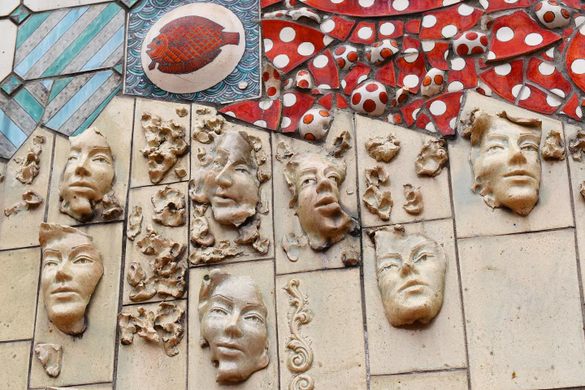
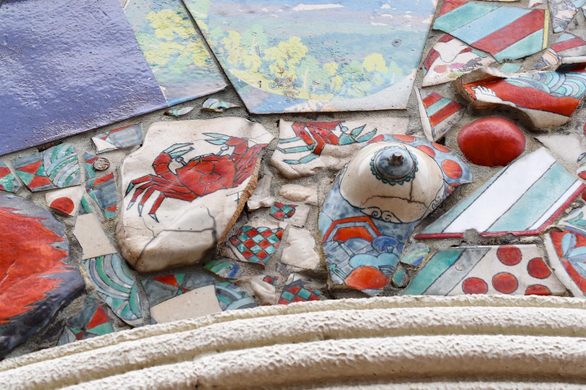
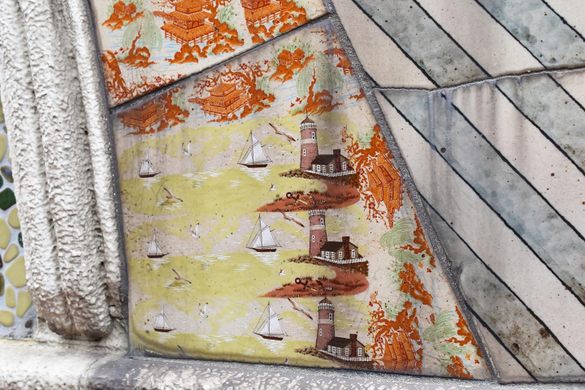
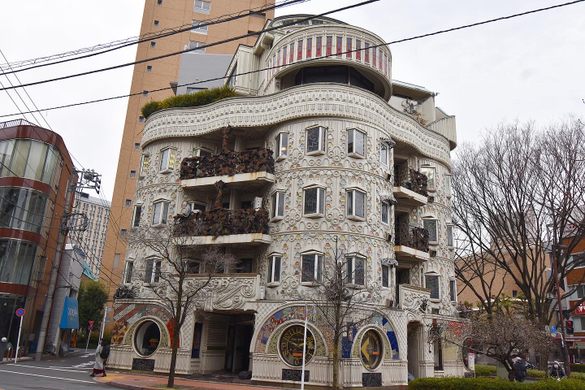
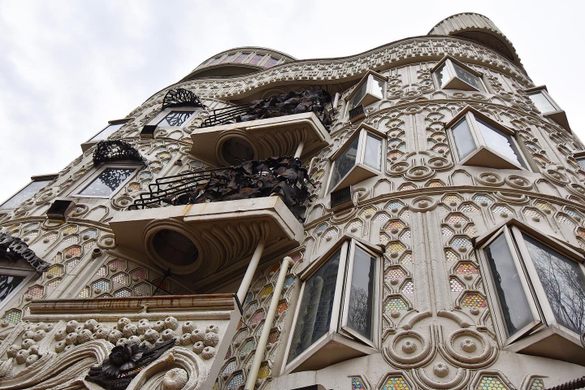
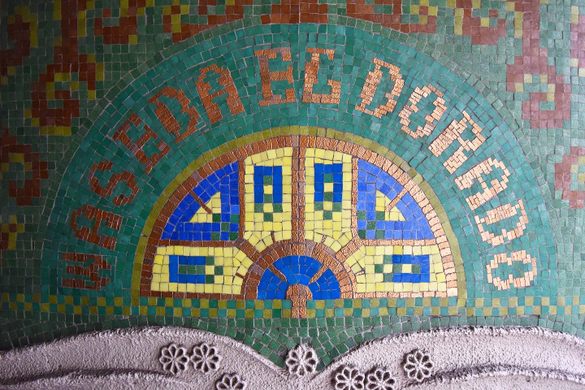
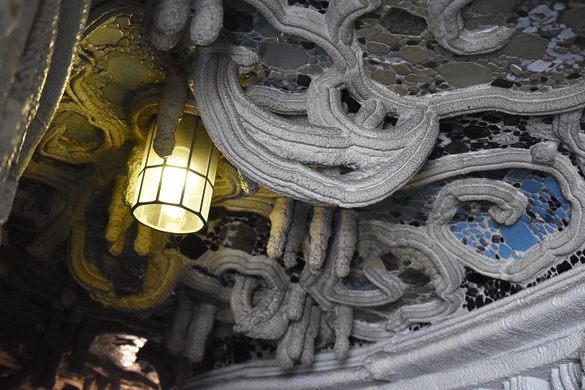
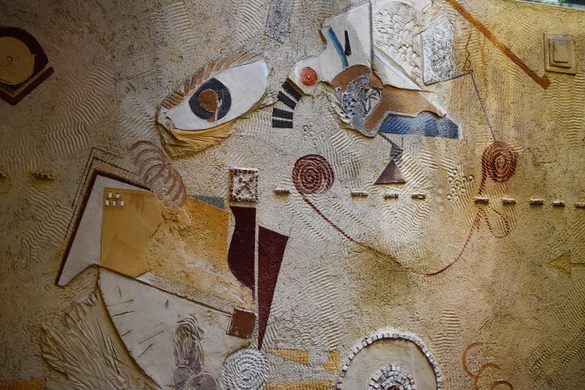
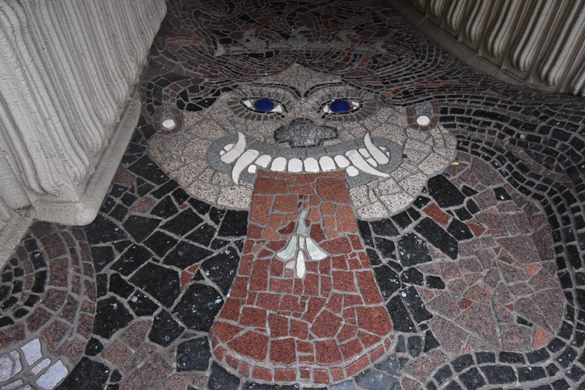
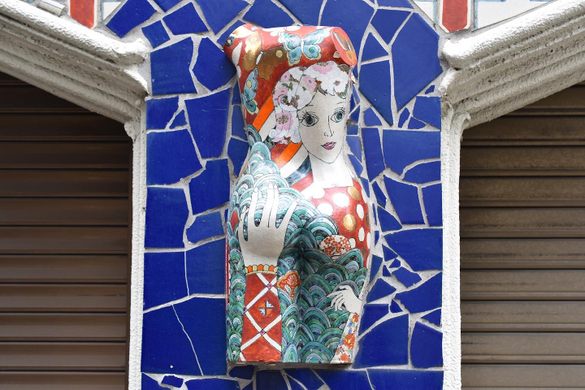
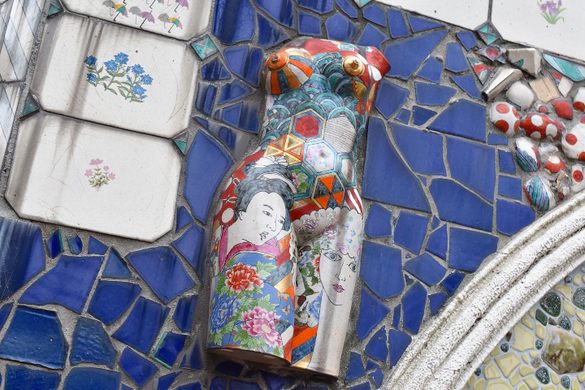
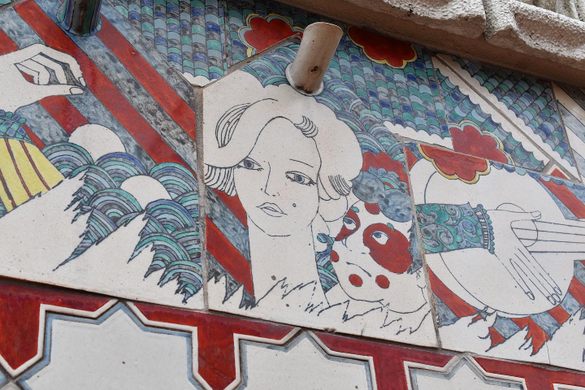
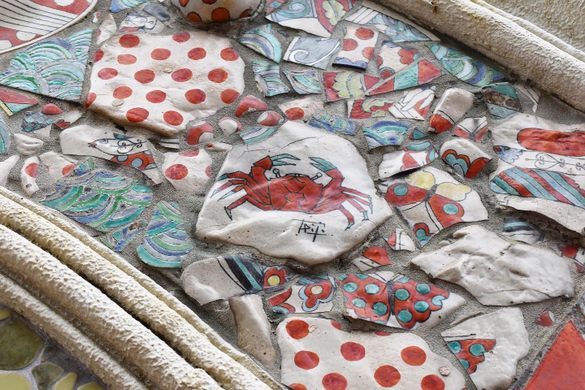
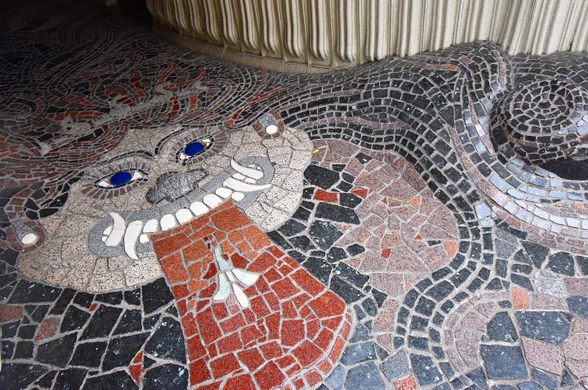

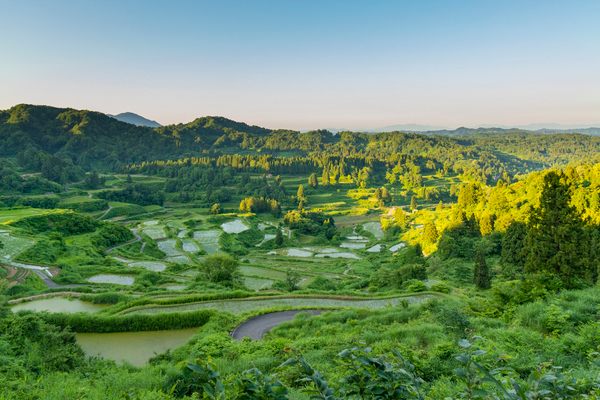


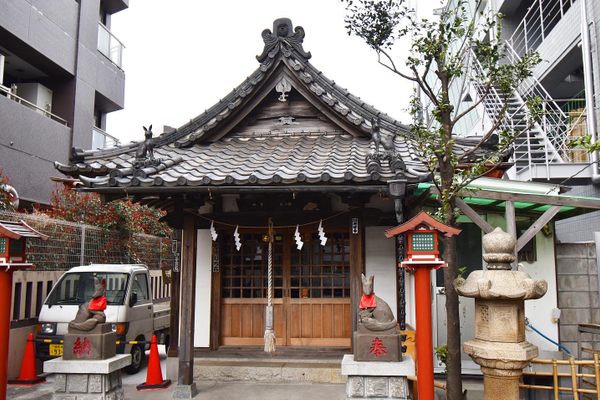

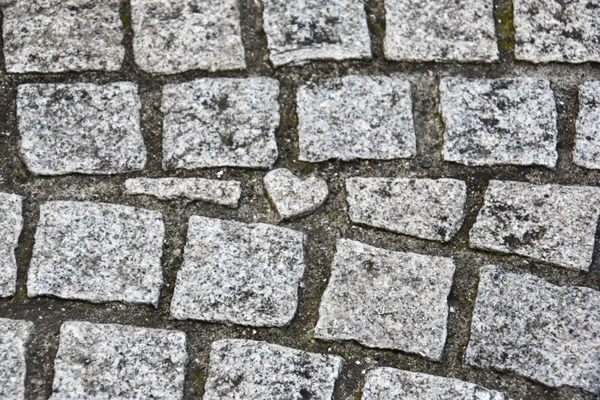


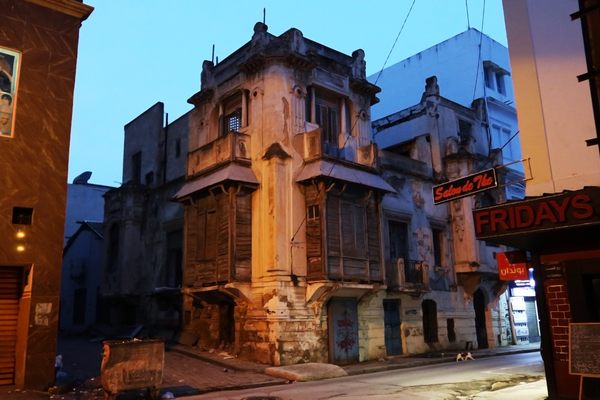


Follow us on Twitter to get the latest on the world's hidden wonders.
Like us on Facebook to get the latest on the world's hidden wonders.
Follow us on Twitter Like us on Facebook